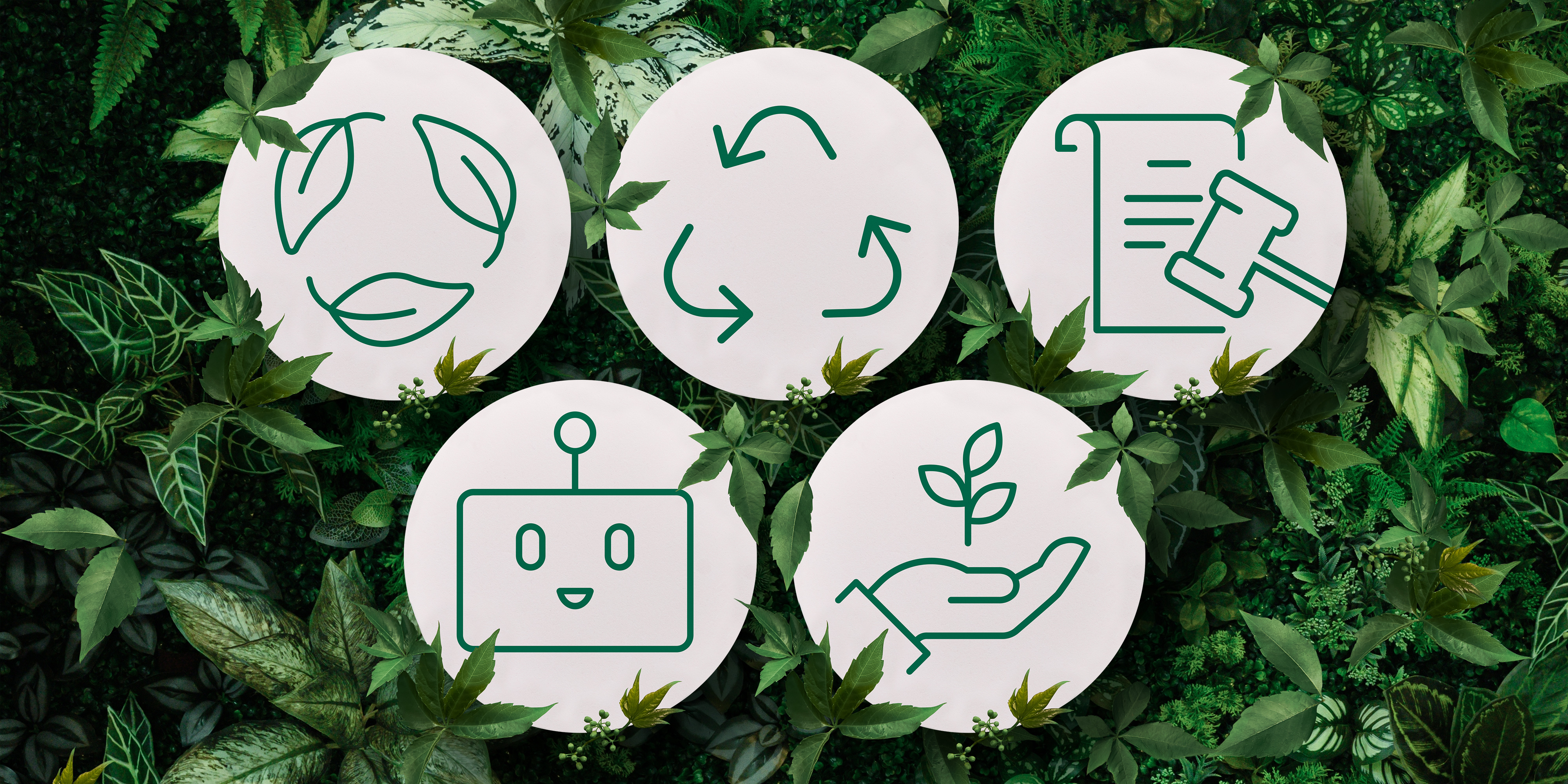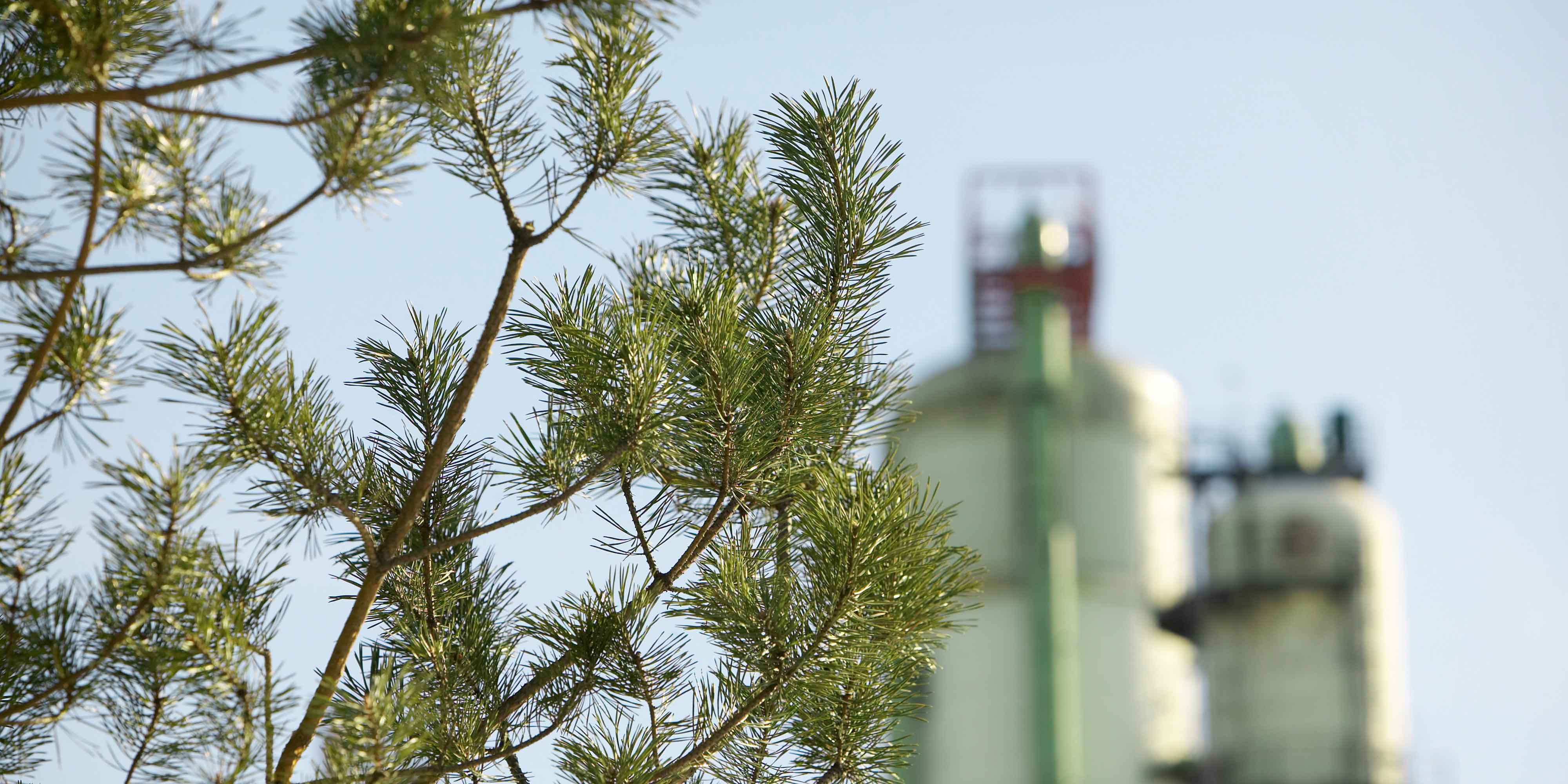
Sustainability
5 minute read
COP15: it’s time to walk the talk on biodiversity
World leaders, scientists and other experts just returned from the global COP15 meeting in Montreal. After being postponed and partly held online, this meeting finally brought different countries together in person to discuss new biodiversity targets for the next decade. Agreement was reached at the last moment, but what still needs to be achieved?
COP15 stands for the 15th Conference of the Parties to the United Nations Convention on Biological Diversity. The purpose of the meeting was to set standards and create accountability from representatives in different countries to protect biodiversity.
Maintaining a wide array of diverse plants, animals, fungi and microbes is crucial for the stability of the ecosystems found on Earth, so COP15 set an ambitious goal to “halt and reverse” biodiversity loss by 2030. In practice, that meant that almost 200 countries had to agree on a list of targets.
Close to the end of the meeting, following years of negotiations, COP15 president Huang Runqiu announced that they had come to an agreement of four goals and 23 targets to be reached by 2030.
"I don't think anybody was expecting this kind of outcome within the meeting period. Everybody was positively surprised," says Salla Ahonen, Vice President of Sustainability at Neste, a global leader in the field of renewable diesel and sustainable aviation fuel. "There's just so much joy in seeing that biodiversity has now become much more topical," Ahonen adds.
But now that the COP15 agreement is finalised, clear actions are needed to reach the targets. This is challenging in part because protecting all the different types of ecosystems on our planet is a complex task.
Including the whole planet
Biodiversity covers the variety of plants and animals in a range of different ecosystems, from forest to fields. For example, one of the big topics discussed at COP15 was the need for agricultural biodiversity, which increases soil quality, resilience and supports multiple ecosystem services.
The 30% of the planet that COP15 plans to protect does not just include earth but also covers biodiversity of marine and coastal life, which would also help to support the climate. The link between coastal biodiversity and climate change is actively being researched by institutions such as The Centre for Coastal Ecosystem and Climate Change Research (CoastClim), which is supported by Neste. Such research can guide the protection and restoration of marine ecosystems that COP15 called for.
Another point that came up at COP15 was the link between land use and indigenous populations. A big part of the discussion at the meeting focused on the protection of indigenous rights as part of biodiversity restoration solutions. At the end of the meeting, the International Indigenous Forum on Biodiversity released a statement to praise the inclusion of indigenous rights in the COP15 agreement, but also noted that it's now key to implement the plans.
With so many different aspects of biodiversity, each country will have to figure out the best way to move forward. That will likely look very different depending on how much farmland or natural biodiversity they currently have, but it also depends on how much funding is available.
Clear action needed for biodiversity
With an agreement in place, the next step is finding ways to reach the target by 2030. The ultimate goal of COP15 to reverse biodiversity loss within a decade may be unreachable according to some experts, simply because many species have relatively slow life cycles and need more time to adapt. As an extra challenge, the fact that the meeting was delayed by two years due to COVID-19 now means that countries only have eight years to make changes. However, having clear action points will hold nations accountable and it makes it easier to track progress.
The targets and goals agreed at COP15 do give some guidance. One of the targets is to phase out or reform subsidies that harm biodiversity, starting with identifying these subsidies by 2025. That sets an intermediate goal to facilitate the next steps.
But some of the targets are not as strong as they could be. For example, in earlier drafts of the agreement there was a specific target to enlarge natural ecosystems by 5%, and that was removed in the final version. And a mandate for businesses to monitor, assess and transparently disclose their impacts on biodiversity has become merely a "recommendation" in the final agreement, which leaves a lot of leeway.
Nevertheless, Ahonen is confident that the targets agreed at COP15 will soon become actionable, at least in the EU. "This will turn into legislation and other types of measures in the years to come," she says. For example, countries could decide to implement specific requirements on land use.
However, she adds, "in the years to come, we will see a big discussion on the funding." It will cost money to change land and water use practices, so expect to hear more about that.
COP15's accepted targets and goals will undoubtedly drive biodiversity initiatives over the next few years. And Ahonen thinks that with this new attention for biodiversity we can expect meaningful actions. "I'm hoping that this is biodiversity' moment to get the spotlight and stay there."
Credits:
Dr. Eva Amsen, a science writer and communicator whose work has appeared on Forbes, Nautilus and The Scientist. Twitter





